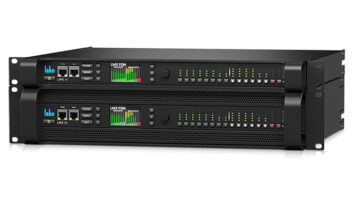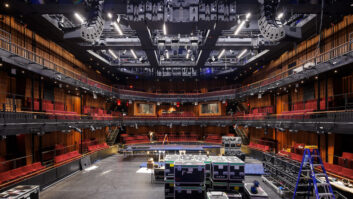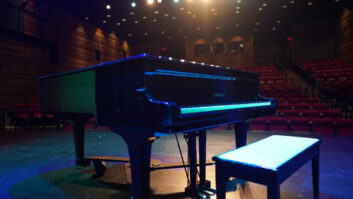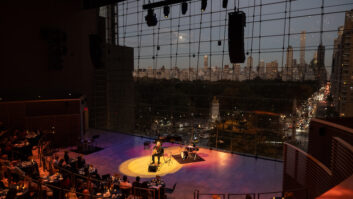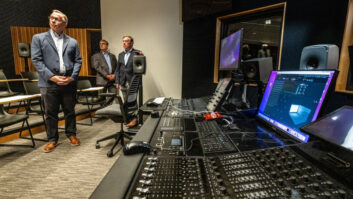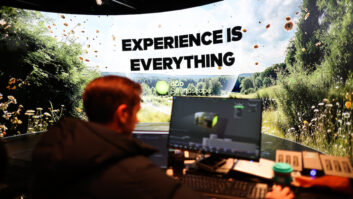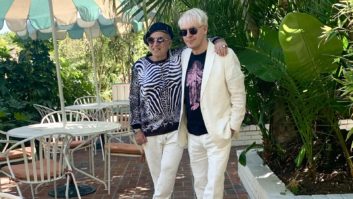The Wolf Trap Foundation’s Filene Center has completed a distribution infrastructure upgrade that included the installation of six Lake Mesa Quad EQ digital matrix processors, which each offer the sound system four discrete channels of Lake Technology’s EQ Overlay processing with extensible signal routing, delay and dynamics. The six units, supplied by Greg Lukens at Washington Professional Systems, are handling loudspeaker optimization for the 12-zone system at the Filene Center, a 7,000-seat performing arts amphitheater located in the Wolf Trap National Park for the Performing Arts, which serves the Washington, D.C., metropolitan area.
“Our Mesas sound amazing and we love the interface: It is rock-solid,” commented audio department head Jens McVoy, who had previously experienced the Lake Contour digital speaker processor on several tours with sound company Clair Bros., which co-developed the system with Lake Technology. “I envision us eventually going to Contour, but we’re taking incremental steps with the capital improvement of the sound system.
“With the Filene Center being a seasonal venue, the audio department, which includes FOH operator David Heffelfinger, lawn area audio mixer Gavin Pearce and monitor engineer John Burke, had only the month of May in which to make its improvements,” McVoy continued. “It was amazing how easy it was to install the Lakes. There was never a head-scratching moment. It’s been a very intuitive process.
“Part of my job is to sit in problematic seating areas. That’s where I apply the minor touches to equalization, delay or level changes. I wander around during soundchecks, and during the show, I have my route that takes me to all of those problematic seats. We want people to realize that the system is set up properly, time-aligned and optimized, and it really does cover every seat in the house.”
Indoors, the main speaker system comprises 12 L-Acoustics V-DOSC elements with two dV-DOSC elements for downfill on each side. “Each side is divided into three separate zones,” explained McVoy. “The center cluster is L-Acoustic ARCS and is a single zone.
“We have a stage frontfill system and a pit rail system. The pit elevator can be raised and used as a thrust or lowered and used for seating. Those are two separate zones, so we can turn one off when we do not need it.” Two under-balcony systems, featuring a soffit-mounted main delay system supplemented by overhead speakers for the furthest rows of orchestra seating cover the rear of the indoor venue.
“The lawn is divided into three sections, each with a left and a right loudspeaker bay, controlled on two zones, lawn left and right. Then there is a back-of-lawn delay system for fills into various places where people can sit but don’t really see the P.A. too well,” McVoy explains. “We are one of the only venues I know that has a lawn mix position.” The lawn area console, which has access to all the splitter inputs, supplements the main FOH left/right mix by further reinforcing any instruments that are loud coming offstage and therefore relatively low in the main house P.A.
For more information, please visit www.lake.com.

